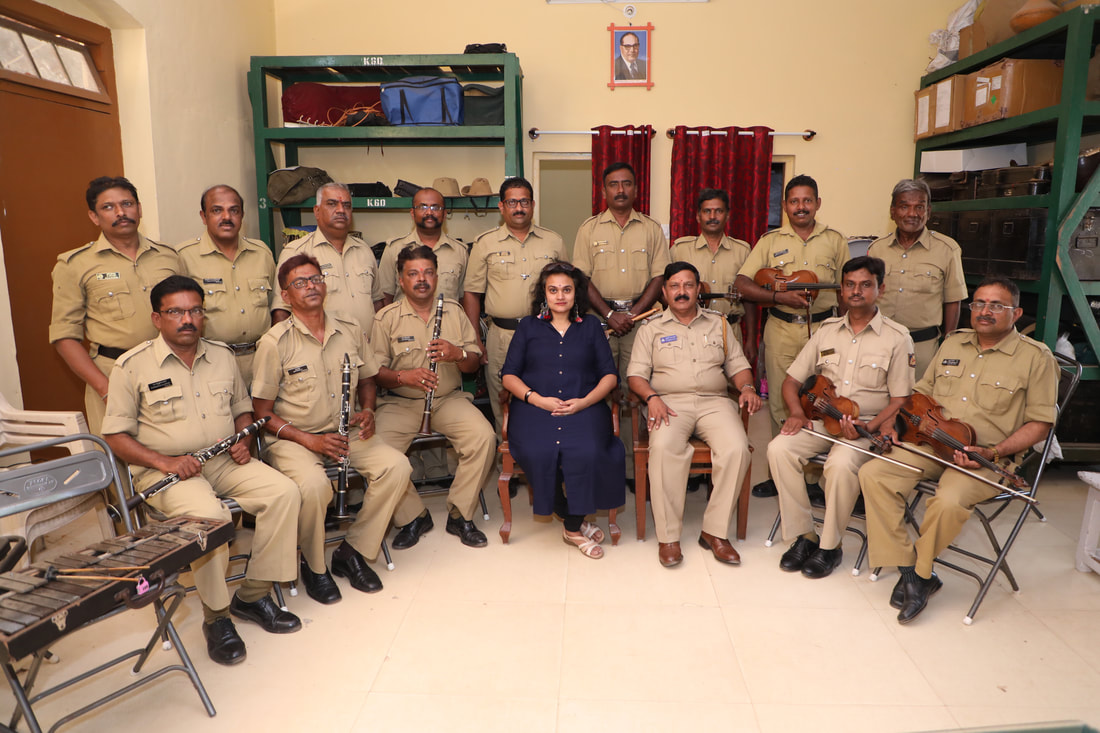Carnatic Encounters
This blog records my thoughts, findings and vignettes of the past - as I rumage through the history of Royal Mysore Carnatic Orchestra. This project was funded by a Arts Research and Documentation Grant by the India Foundation for the Arts.
http://indiaifa.org/grants-projects/deepti-navaratna.html
 RSS Feed
RSS Feed

